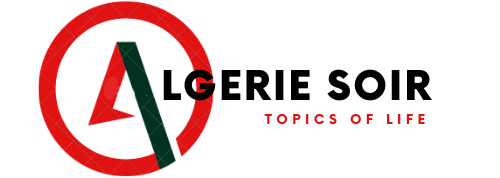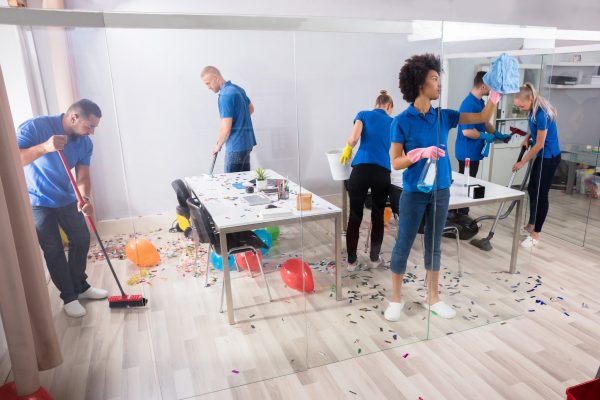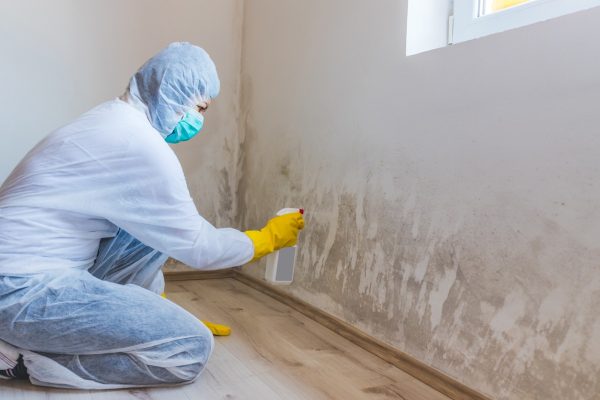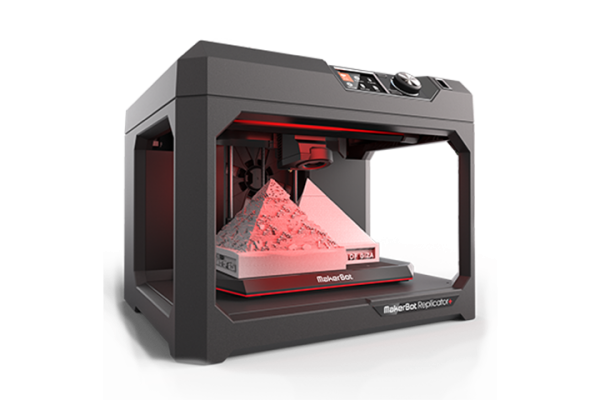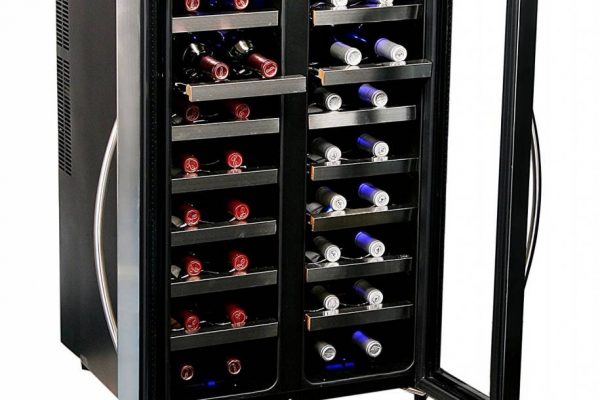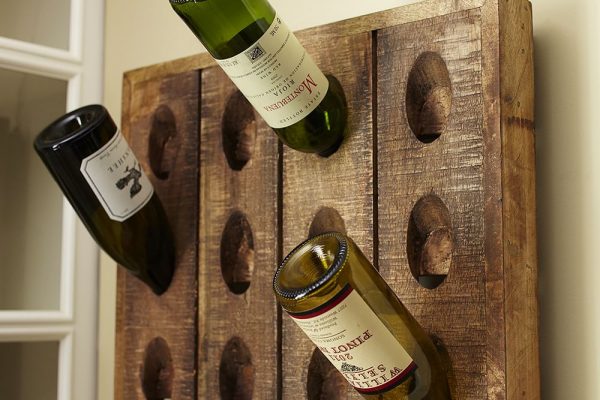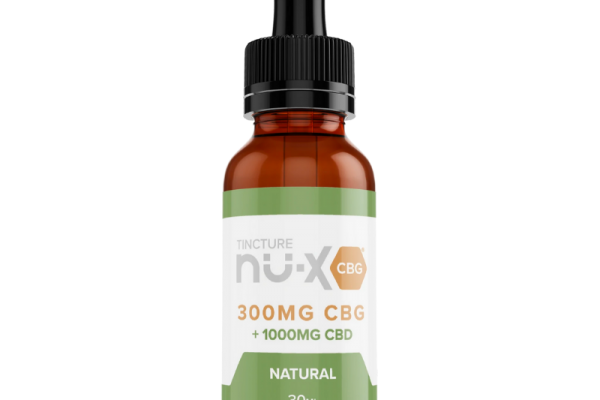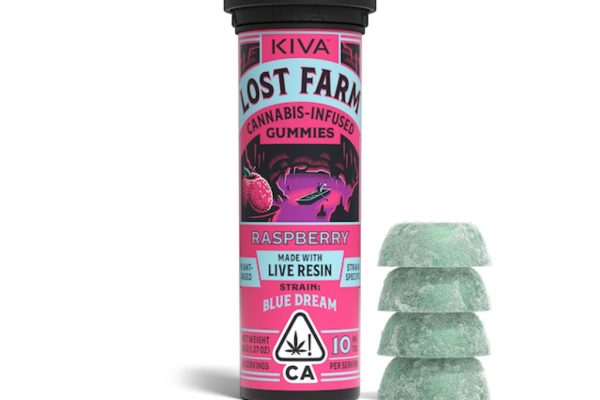Mold is a common household problem that can wreak havoc on your home and your health if left unchecked. If you’re in New Jersey and dealing with mold issues, you’ll want to find expert help, such as “mold remediation NJ” services, to tackle the problem effectively. However, understanding the basics of mold remediation is essential for every homeowner. In this comprehensive guide, we will take you through the process of mold remediation, step by step, to help you protect your home and loved ones from this pesky intruder.
1. Identifying Mold
The first step in mold remediation is identifying the problem. Mold can hide in various places, from the bathroom tiles to the basement walls. Look out for signs such as a musty odor, visible mold growth, or water damage. A professional inspection can pinpoint the issue if you suspect mold but can’t see it.

2. DIY vs. Professional Remediation
While some minor mold problems can be tackled with DIY methods, hiring professionals for mold remediation is often best, especially when dealing with extensive or hidden mold. Mold remediation experts in New Jersey are trained to safely and effectively remove mold, ensuring it doesn’t return.
3. Assessing the Damage
Before starting the remediation process, assess the extent of the damage. This step helps in determining the appropriate course of action. Professionals will thoroughly inspect and create a remediation plan tailored to your situation.
4. Containment and Removal
Effective containment is crucial to prevent mold spores from spreading to other areas of your home. Professionals use specialized equipment like negative air machines to establish containment barriers. They will then proceed with mold removal, which may involve cleaning, disinfecting, and in some cases, removing and replacing affected materials.
5. Preventing Future Mold Growth
Mold remediation is not just about removing existing mold but also preventing its return. Professionals will identify the underlying causes of the mold problem, such as moisture issues, and address them to ensure long-term protection for your home.
6. Testing and Clearance
After remediation, testing is essential to confirm that the mold issue has been successfully resolved. Professionals will conduct post-remediation testing to ensure the air quality in your home is safe. Once clearance is achieved, you can know that your home is mold-free.
7. Regular Maintenance
To maintain a mold-free environment, it’s essential to implement regular maintenance practices. Keep an eye on humidity levels, promptly address any water leaks or damage, and ensure proper ventilation in areas prone to moisture, like bathrooms and kitchens.

8. Consult the Experts
While this guide provides an overview of the mold remediation process, consulting with experienced professionals is crucial, especially if you’re in New Jersey and looking for “mold remediation NJ” services. They have the expertise, equipment, and knowledge to handle mold issues effectively and safeguard your home.
In conclusion, mold remediation is vital to protecting your home and your family’s health. Whether you’re facing a minor mold issue or a more significant problem, taking the right steps is essential. Remember to consult experts in “mold remediation NJ” for the best results. With proper identification, containment, removal, and prevention measures, you can ensure a mold-free and healthy living environment for years to come.
